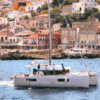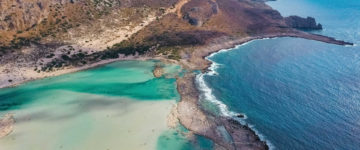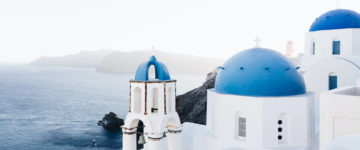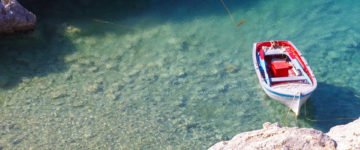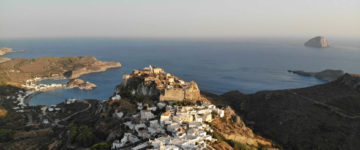
Beyond its bustling port, Aegina has the seductive, easygoing character of a typical Greek island in Aegean Sea but with the added bonus of more than its fair share of prestigious ancient sites. Weekending Athenians spice up the mix of laidback locals and commuters who use the island like an Athens suburb. Unique Aegina treats include a special, and delicious, pistachio nut, the splendid 5th-century Temple of Aphaia and the magical Byzantine ruins called Paleohora.
Aegina was the leading maritime power of the Saronic Gulf during the 7th century BC, when it grew wealthy through trade and political ascendancy. The island made a major contribution to the Greek victory over the Persian fleet at the Battle of Salamis in 480 BC. Despite this solidarity with the Athenian state, the latter invaded in 459 BC out of jealousy of Aegina’s wealth and status and of its liaison with Sparta. Aegina never regained its glory, although in the early 19th century it played a bold part in the defeat of the Turks and was the temporary capital of a partly liberated Greece from 1827 to 1829.
Northwest of the port, ruined walls, cisterns and broken pillars in honey-coloured stone are lorded over by a solitary surviving column. It’s all that’s left of a 5th-century-BC temple that was once part of an ancient acropolis.
Aegina is lush and wildflower laden in spring, and year-round offers some of the best archaic sites in the Saronic Gulf. The interior hills and mountains add drama to the small island, but beaches are not its strongest suit. The east-coast town of Agia Marina is the island’s main package resort. It has a shallow-water beach that is ideal for families, but it’s backed by a fairly crowded main drag. A few thin, sandy beaches line the roadside between Aegina Town and Perdika, such as Marathonas. More travelers come to Aegina, the largest of the Saronic Gulf islands, than to any of the other Greek islands.
Most ships arrive and depart from the main port and capital of Aegina town on the west coast, though a few stop at the resort town of Souvala on the north coast and at the port of Agia Marina on the east coast. Agia Marina is about as charmless as it’s possible to be, but this port is your best choice if your principal destination is the Temple of Aphaia.
With a population according to the last census of about 9000 inhabitants and a total area of 88 square kilometres the roughly triangular in shape Aegina is located 17 miles southwestern from Piraeus and 6 miles eastnorthern from Agistri island . The specific geographic coordinates are 37°44’15.4″N 23°30’02.1″E in Aegean Sea.


